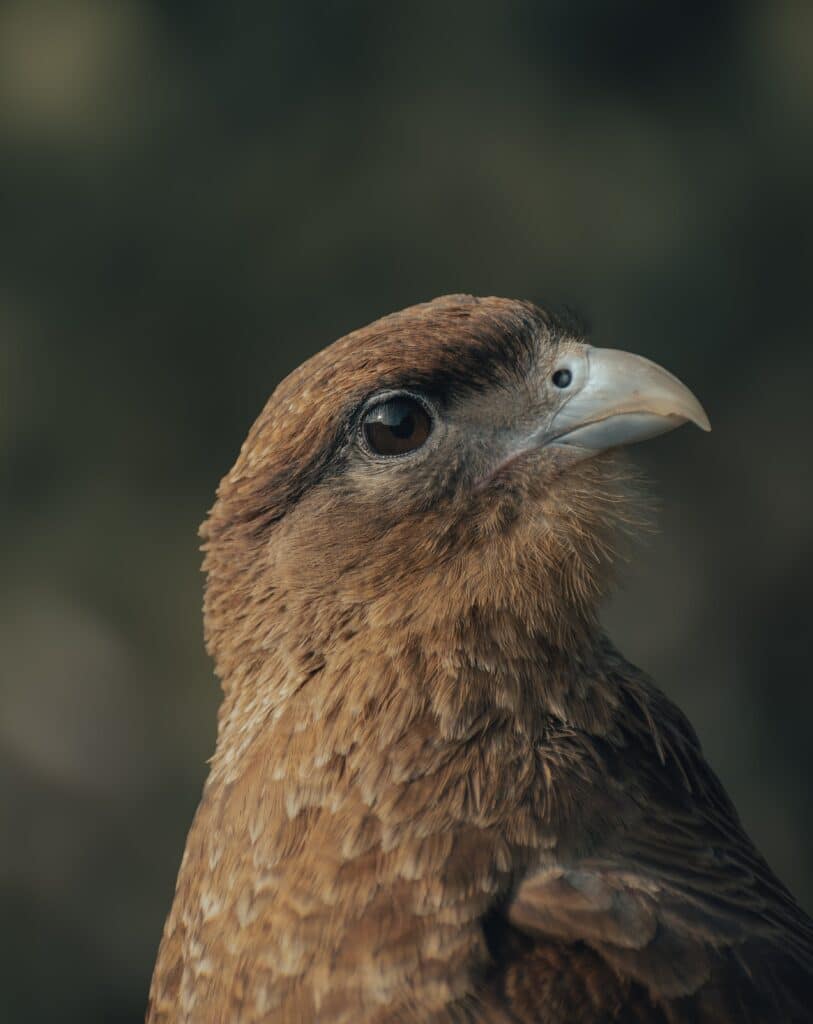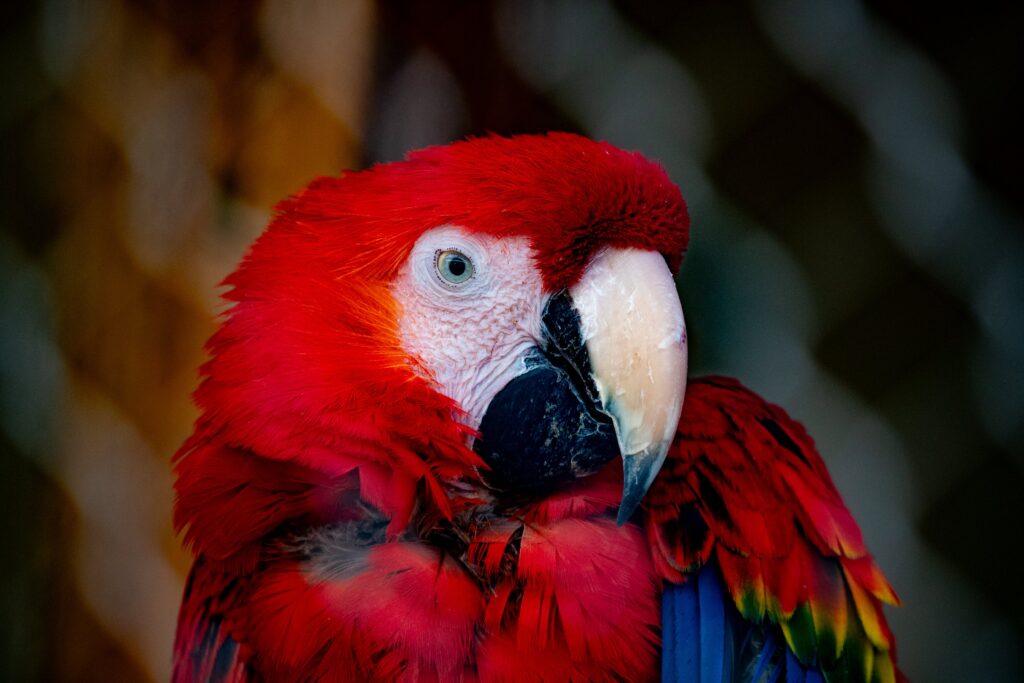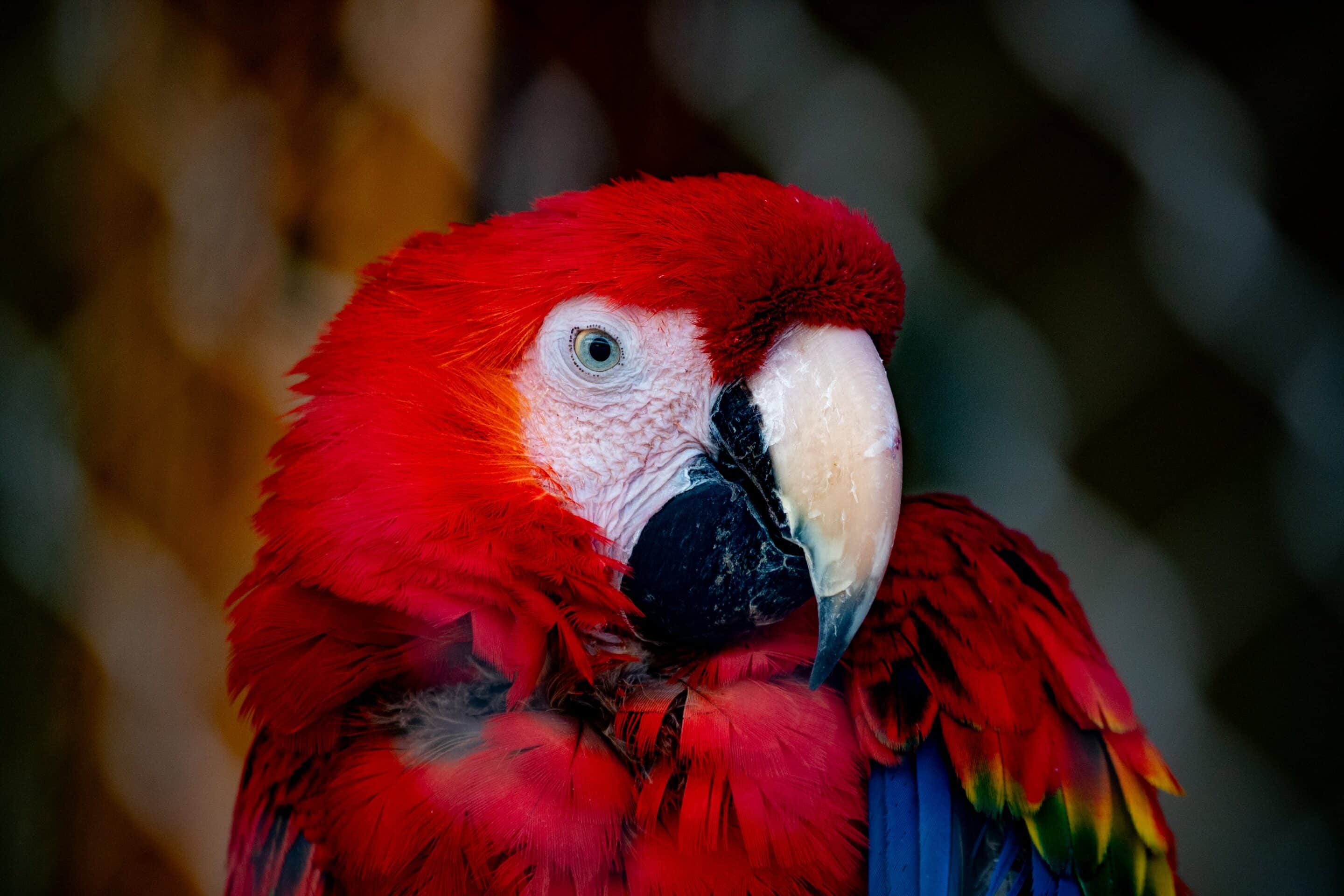Are you ready for an unforgettable adventure in Guanacaste? Get ready to immerse yourself in the incredible wildlife of this stunning region, where pristine beaches meet lush rainforests and diverse ecosystems. From spotting elusive monkeys swinging through the trees to witnessing the majestic beauty of sea turtles nesting on the shores, Guanacaste offers some of the best wildlife day trip experiences. Join us as we take you on an exciting journey through the untamed wilderness, where you’ll have the opportunity to get up close and personal with an array of fascinating creatures. Prepare to be amazed by the wonders of nature as we explore the best wildlife day trip experiences in Guanacaste.

Overview of Guanacaste
Guanacaste is a province located in the northwest region of Costa Rica. It is known for its stunning natural beauty, diverse wildlife, and rich cultural heritage. With its pristine beaches, lush rainforests, and volcanic landscapes, Guanacaste offers a wide range of experiences for nature lovers and adventure seekers alike.
Geographical Location
Guanacaste is bordered by the Pacific Ocean to the west and Nicaragua to the north. It stretches from the foothills of the Guanacaste Mountain Range to the sandy beaches along the coastline. The province is characterized by its vast plains, dry tropical forests, and volcanoes, creating a unique and diverse landscape that sets it apart from the rest of the country.
Climate and Biodiversity
The region of Guanacaste boasts a distinct dry season, with little rainfall from December to April. This arid climate has shaped the province’s biodiversity, as it is home to numerous species of drought-resistant flora and fauna. Guanacaste is particularly renowned for its abundance of dry forest ecosystems, which support a variety of wildlife, including howler monkeys, white-faced capuchins, and coatis.
Cultural Heritage
Guanacaste is deeply rooted in its cultural heritage, with a strong emphasis on traditional customs and folklore. The province takes pride in its cowboy culture, known as “sabanero,” which celebrates rural traditions and horsemanship. Guanacaste’s cultural heritage is also reflected in its cuisine, with dishes like “chicharrones” (fried pork) and “gallo pinto” (rice and beans) becoming local favorites.
Guanacaste National Park
Brief History and Description
Guanacaste National Park is a protected area encompassing over 84,000 acres of land. It was established in 1989 to conserve the region’s biodiversity and natural resources. The park features a combination of dry tropical forest, wetlands, and mangroves, providing a habitat for countless plant and animal species.
Wildlife Attractions
Guanacaste National Park is home to a diverse array of wildlife. Visitors can expect to encounter howler monkeys, white-nosed coatis, armadillos, and numerous species of birds, including colorful parrots and toucans. The park also protects endangered species such as jaguars and tapirs, making it an important conservation site.
Activities for Visitors
Within Guanacaste National Park, visitors can enjoy a range of activities to immerse themselves in the natural beauty of the area. Hiking trails take you through various ecosystems, allowing for wildlife sightings and scenic viewpoints. Birdwatching is also a popular activity, with the opportunity to spot rare and endemic species. Additionally, there are guided tours available to learn more about the park’s ecological importance and conservation efforts.

Santa Rosa National Park
Brief History and Description
Santa Rosa National Park is one of Costa Rica’s oldest national parks, established in 1971. It holds significant historical value as the site of the Battle of Santa Rosa, a key event in the country’s fight for independence against filibuster William Walker. The park covers an area of approximately 125 square kilometers and encompasses diverse habitats, including dry forests, mangroves, and pristine beaches.
Wildlife Attractions
Santa Rosa National Park is a haven for wildlife enthusiasts, with an abundance of species to discover. Visitors may catch a glimpse of monkeys, coatis, deer, and armadillos as they explore the forests. The park is also renowned for its sea turtle nesting sites, offering the incredible opportunity to witness endangered species, such as olive ridley and leatherback turtles, during nesting season.
Activities for Visitors
In Santa Rosa National Park, visitors can engage in various activities to make the most of their experience. Guided hikes and nature walks are available, providing insight into the park’s history and ecosystem. Exploring the pristine beaches is a popular choice, with opportunities for swimming, snorkeling, and sunbathing. Camping facilities are also available, allowing visitors to spend the night surrounded by nature.
Palo Verde National Park
Brief History and Description
Palo Verde National Park is a wetland reserve located in the Tempisque River Basin. Established in 1978, the park spans over 45,500 acres and is recognized as a Ramsar site, highlighting its importance as an international wetland of ecological significance. The park is home to an extensive mangrove forest, seasonal lagoons, and a diverse range of fauna and flora.
Wildlife Attractions
Palo Verde National Park offers a unique opportunity to observe a wide variety of wildlife species in their natural habitat. The wetlands attract numerous migratory birds, including herons, egrets, and roseate spoonbills. Crocodiles, monkeys, and anteaters are commonly sighted, while jaguars and ocelots roam more discreetly within the park’s boundaries.
Activities for Visitors
Visitors to Palo Verde National Park can participate in exciting activities that showcase the park’s ecological wonders. Guided boat tours allow for up-close encounters with the park’s diverse bird population and the opportunity to observe crocodiles basking along the riverbanks. Hiking trails enable visitors to explore the dry forests and encounter various wildlife species. Camping facilities are also available for those looking to immerse themselves in the park’s serene environment.

Rincon de la Vieja Volcano National Park
Brief History and Description
Rincon de la Vieja Volcano National Park is named after the active volcano that dominates its landscape. Known for its geothermal activity, the park encompasses an impressive 34,000 acres and offers a unique opportunity to explore volcanic wonders. From bubbling mud pots to steaming fumaroles, Rincon de la Vieja is a captivating destination for those fascinated by the forces of nature.
Wildlife Attractions
Despite its volcanic environment, Rincon de la Vieja Volcano National Park provides a habitat for various species of wildlife. Visitors may encounter spider monkeys swinging through the trees, tapirs roaming the forests, and colorful butterflies fluttering in the air. The park is also home to the elusive jaguar, although sightings are rare due to its secretive nature.
Activities for Visitors
Rincon de la Vieja Volcano National Park offers a host of activities for visitors to experience the park’s unique geology and natural wonders. Hiking trails lead adventurers through diverse landscapes, providing views of volcanic craters and cascading waterfalls. The park also features hot springs, where visitors can relax and unwind amidst the therapeutic warm waters. Horseback riding and zip-lining tours are popular options for exploring the park’s vast terrain.
Barra Honda National Park
Brief History and Description
Barra Honda National Park is a hidden gem located in the Nicoya Peninsula. It is known for its remarkable limestone cave system, which spans over 19 kilometers. The park was established in 1974 to protect this unique geological formation and the surrounding dry tropical forest.
Wildlife Attractions
While Barra Honda National Park is famous for its caves, it also boasts a diverse array of wildlife. Visitors may spot howler monkeys, white-faced capuchins, and anteaters as they explore the park’s trails. The area is also a sanctuary for numerous bird species, including motmots, trogons, and various raptors.
Activities for Visitors
A visit to Barra Honda National Park offers the opportunity to explore its spectacular cave system. Guided tours take visitors deep into the earth, revealing fascinating geological formations and a glimpse into the park’s underground ecosystem. Hiking trails allow for further exploration of the surrounding dry forest, offering panoramic views of the Nicoya Peninsula. Camping facilities are available for visitors who wish to spend more time in this tranquil natural environment.
Las Baulas Marine National Park
Brief History and Description
Las Baulas Marine National Park is named after the leatherback sea turtles (baulas in Spanish) that nest on its beaches. Established in 1989, the park is dedicated to protecting these endangered creatures and their critical nesting sites. It encompasses an area of approximately 4,000 acres and includes mangrove estuaries, sandy beaches, and lush forests.
Wildlife Attractions
Las Baulas Marine National Park is most famous for its population of leatherback sea turtles, which are the largest of all sea turtles. These magnificent creatures return to the park’s beaches year after year to lay their eggs, providing a remarkable spectacle for visitors to witness. The park also supports a diverse range of marine life, including dolphins, manatees, and various species of fish.
Activities for Visitors
The main attraction of Las Baulas Marine National Park is undoubtedly witnessing the nesting and hatching of leatherback sea turtles. Guided tours are available during the nesting season, offering a chance to observe these incredible creatures up close while respecting their natural habitat. Additionally, visitors can engage in snorkeling, kayaking, and boating tours to explore the park’s mangroves and coastal areas, immersing themselves in the park’s stunning natural beauty.
Wildlife Experiences
Bird Watching Tours
Guanacaste’s national parks offer incredible opportunities for bird watching enthusiasts. The region is home to a wide variety of bird species, including toucans, parrots, hummingbirds, and raptors. Guided bird watching tours provide an opportunity to observe these feathered friends in their natural habitats, while knowledgeable guides help identify different species and share interesting facts about their behaviors and habitats.
Fauna Observation
Guanacaste’s national parks are teeming with diverse fauna, offering ample opportunities for wildlife observation. From monkeys and mammals to reptiles and amphibians, the parks are home to a wide range of species. Patients visitors may be rewarded with glimpses of howler monkeys swinging through the trees, anteaters foraging for food, and deer grazing peacefully. Observing these creatures in their natural habitat provides a deeper understanding and appreciation of the region’s biodiversity.
Flora Identification and Walks
Guanacaste’s national parks boast a rich variety of flora, with countless plant species contributing to the region’s incredible biodiversity. Guided walks and botanical tours allow visitors to learn about the unique characteristics and uses of different plants and trees. From identifying medicinal plants to marveling at towering ceiba trees, exploring the park’s flora adds another layer of appreciation for the natural wonders of Guanacaste.
Responsible Wildlife Tourism
Respect for Wildlife
When visiting Guanacaste’s national parks, it is crucial to respect the wildlife and their natural habitats. Keeping a safe distance from animals and refraining from touching or feeding them helps to protect their welfare and preserve their natural behaviors. Respecting signs and guidelines set by park authorities ensures that the balance between human interaction and wildlife conservation is maintained.
Preservation of Natural Resources
Guanacaste’s national parks provide a crucial habitat for many species of plants and animals. It is important to minimize our impact on these delicate ecosystems by avoiding littering, sticking to designated trails, and refraining from damaging or removing any plants or animals. By preserving natural resources, we can help ensure the long-term sustainability of Guanacaste’s biodiversity.
Supporting Local Communities
Engaging in responsible wildlife tourism also involves supporting local communities. Many national parks in Guanacaste work closely with local communities, providing employment and economic opportunities. By using local guides, purchasing locally made souvenirs, and supporting sustainable tourism initiatives, visitors can contribute to the well-being of these communities and ensure that they continue to benefit from the presence of national parks.
Practical Information and Tips
Best Time to Visit
The best time to visit Guanacaste’s national parks is during the dry season, which typically runs from December to April. This period offers sunny and dry weather, making it easier to explore the parks and observe wildlife. However, each park has its own distinct characteristics, and it is worth researching the specific climate and wildlife patterns of the park you plan to visit to ensure an optimal experience.
Accommodation Options
Guanacaste offers a variety of accommodation options to suit different budgets and preferences. From luxury eco-lodges to rustic cabins and beachfront resorts, there is something for everyone. It is recommended to book accommodation in advance, especially during peak season, to secure your preferred choice and ensure a comfortable stay amidst nature.
Food and Meals
Most national parks in Guanacaste do not have restaurants or food stalls within their boundaries, so it is advisable to pack your own snacks and meals. Carry plenty of water to stay hydrated during your exploration. If you are staying at a hotel or lodge near the park, check if they provide packed lunches or options for dining.
Health and Safety
When visiting Guanacaste’s national parks, it is essential to prioritize your health and safety. Apply sunscreen and insect repellent to protect yourself from the sun and potential insect bites. Wear comfortable clothing and sturdy footwear suitable for hiking and outdoor activities. It is also important to carry a first aid kit with basic supplies and have travel insurance that covers medical emergencies.
Transportation
Guanacaste’s national parks are generally accessible by road. Renting a car or hiring a private driver is a convenient option for exploring the parks at your own pace. Public buses and organized tours may also be available, offering transportation to and from the parks. It is advisable to check the transportation options specific to each park and plan accordingly.
In conclusion, Guanacaste is a paradise for wildlife enthusiasts and nature lovers. With its diverse national parks offering breathtaking landscapes, incredible wildlife encounters, and thrilling activities, it is no wonder why this region of Costa Rica is considered a must-visit destination. By practicing responsible wildlife tourism, respecting the natural resources, and supporting local communities, visitors can contribute to the preservation of Guanacaste’s unique biodiversity for generations to come. So pack your bags, grab your camera, and get ready for an unforgettable wildlife adventure in Guanacaste!







0 Comments